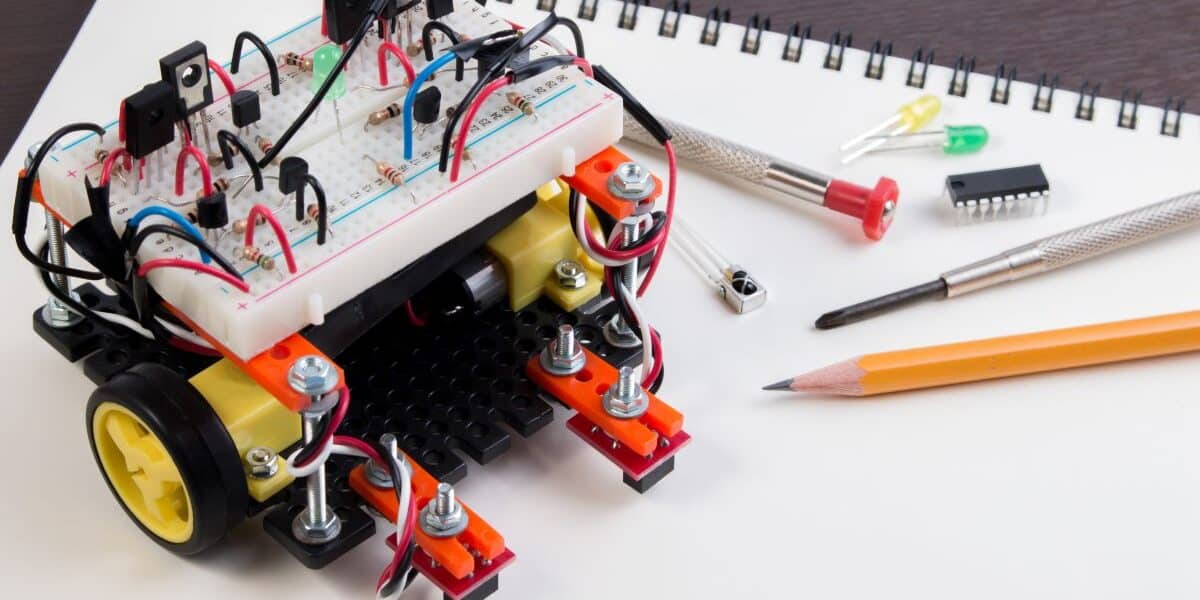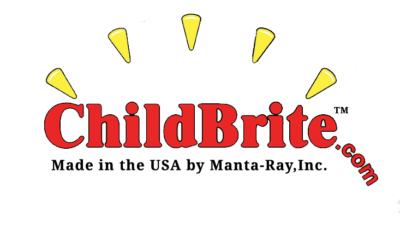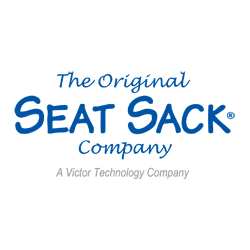With students constantly distracted by social media, tablets and phones, the right teaching aids are an essential part of every good teacher’s toolkit.
- Smart Interactive Whiteboards
Today, interactive whiteboards are a world away from where they were even two years ago. You can certainly do all the usual tricks – like write digital notes or play a video – but the newest models are capable of so much more. You can create a digital ecosystem in tandem with a smartphone, with students submitting answers to quizzes on their phone. You can pair virtual reality (VR) and augmented reality (AR) headsets, enabling immersive learning experiences and interactive presentations. And you can perform voice commands, moving through a presentation without even touching the board.
- Coding Kits
A classroom coding kit is the perfect way to introduce kids to the basic principles behind computer programing. Capable of being run on a classical PC or developed on their own using a bundled set of micro boards, these kits can teach your students to do just about anything. Introduce your students to Javascript or Python by getting them to write a script for a simple video game. Demonstrate the basic rules of C++ by helping your students write a simple program to control a robot.
- Clean Energy STEM Kits
Teaching your students about renewable energy can be challenging. Not only do you have to go through all the equations and theory, but teaching kids how this works in the real world can be challenging. Being able to fit on a classroom table while demonstrating the complete working of a clean energy system, these kits are indispensable as a teaching aid. Show your students how solar energy can be converted into electricity to power an electrolyzer, creating hydrogen from pure water. Then convert this hydrogen back into electricity with a fuel cell that can fit into the palm of your hand.
- Flexible Seating Options
From big cushions to bean bags to balance balls, flexible seating is a great way to get younger students engaged. Bouncing on a balance ball or swerving in a swivel ball chair also has other benefits. Students benefit from improved physical health, increased focus and engagement, and boosted academic performance.
- 3D Printers
Imagine empowering your students to create anything they can imagine right from the classroom. This means real-life 3D models of things like planets, skeletons, vehicles, buildings, or historical artifacts. With a 3D printer, your students will be able to develop 3D computer modelling skills and see the results of their work in real life. It’ll also help you translate student’s mathematics and geometry skills into real-world applications.
- Educational Board Games
Educational board games were once seen as a teaching aid for younger students. In the past few years, this has changed dramatically. They’ve grown in popularity for the 10+ segment, and games are a great way to entertain students after school while reinforcing core concepts. And, they’re a fun way to develop critical thinking and problem-solving skills while fostering a sense of collaboration and communication.
- Virtual Reality (VR) Headsets
There’s a world of things you can do with VR headsets to help with teaching. Virtual field trips allow your students to explore historical sites or remote corners of the world. Real-time global collaboration allows your class to interact with students on the other side of the world. And being able to visually “step into someone else’s shoes” opens up a world of opportunity exploring different careers and professions.
- Robotics Kits
One of the coolest ways to integrate different subjects is with a robotic kit. Students learn how to use programming skills, critical thinking, problem solving, and the fundamentals of engineering and math. They’re also perfect for reinforcing knowledge learned in other lessons. Many kits allow students to construct robots themselves before programming them to complete fun tasks.
This information is courtesy of Horizon Educational, which develops, produces and distributes hands-on teaching material, didactic equipment and educational programs, www.horizoneducational.com.










